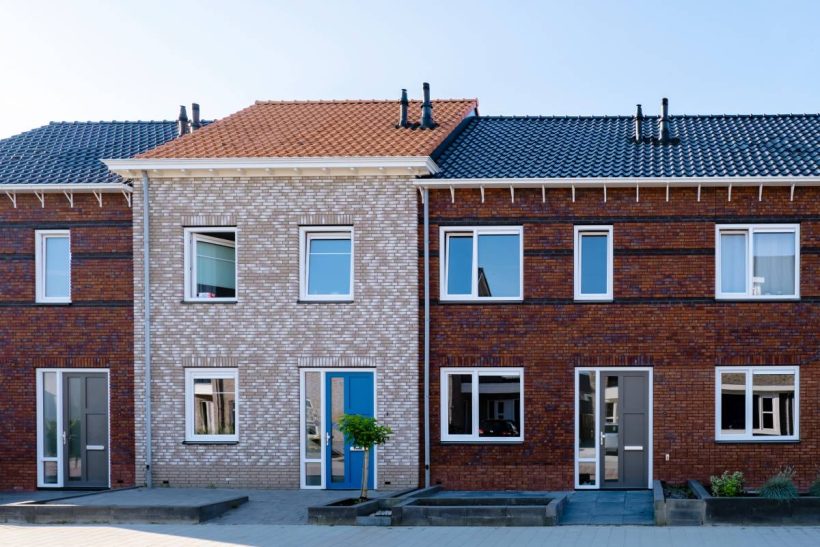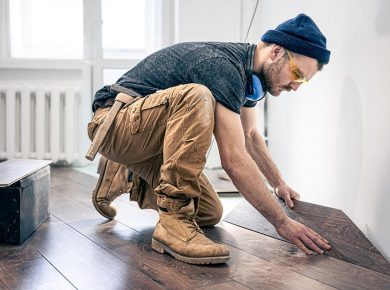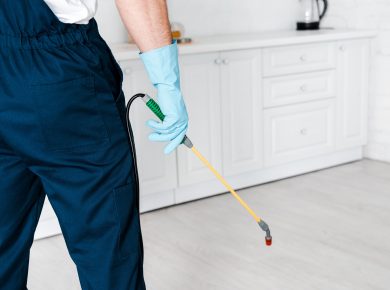Brick walls stand as enduring symbols of strength, durability, and timeless elegance in architecture. From ancient fortifications to modern skyscrapers, brick has been a cornerstone of construction for centuries. However, while brick walls are renowned for their resilience, they are not immune to challenges such as mould growth and dirt accumulation.
In this article, we’ll explore the essential aspects of maintaining brick walls, from understanding their strength and durability to implementing effective cleaning and mould prevention techniques.
Let’s get to know more about brick walls and discover how to ensure they remain pristine and structurally sound for generations to come.
How strong and durable brick walls are?
When it comes to construction, few materials embody strength and durability like brick. Brick walls have stood the test of time, with a history dating back thousands of years. But just how strong and durable are they?
Let’s delve into the characteristics that make brick walls such formidable structures.
Strength Through Composition
Brick walls derive their strength from the materials used in their composition. Traditional bricks are made from clay, moulded into shape, and then fired at high temperatures. This firing process creates a solid, dense material that can withstand immense pressure and weight.
The Interlocking Principle
One of the key factors contributing to the strength of brick walls is their interlocking design. Bricks are laid in rows, with each brick overlapping the one below it. This interlocking pattern distributes the load evenly across the wall, preventing weak points and enhancing overall stability.
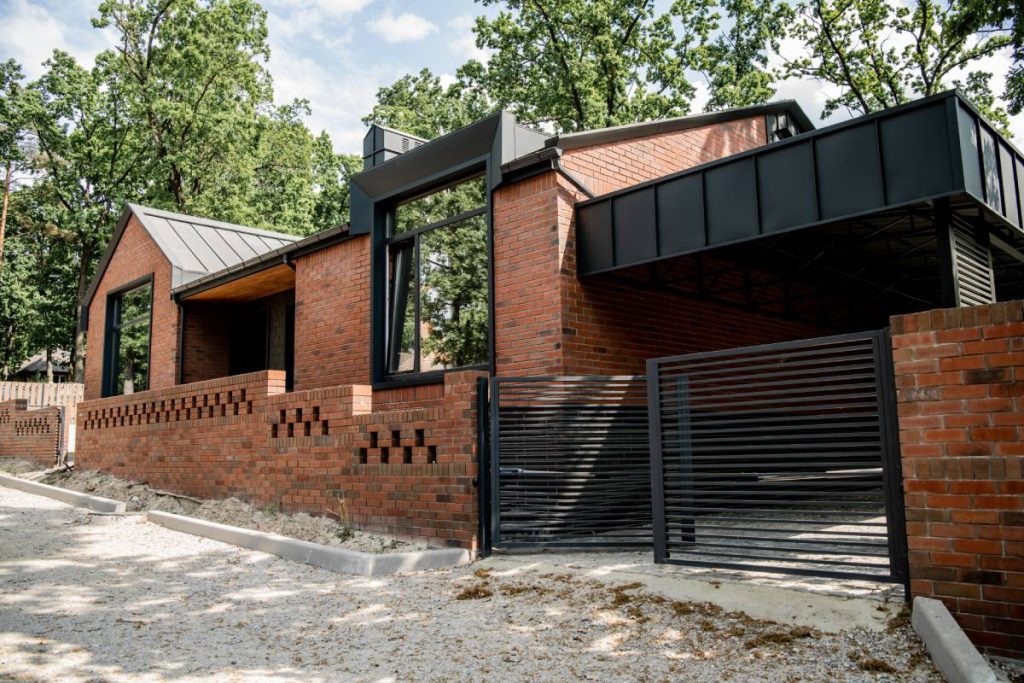
Resistance to Compression
Bricks excel in resisting compression forces, making them ideal for load-bearing walls. The dense structure of bricks allows them to bear heavy loads without deforming or crumbling. This characteristic is crucial in structures where stability and longevity are paramount.
Weathering the Elements
Brick walls are renowned for their durability, particularly in adverse weather conditions. Unlike materials such as wood or plaster, bricks are resistant to moisture, frost, and heat. This resilience ensures that brick walls remain intact and structurally sound even in harsh climates.
Fire Resistance
Another notable feature of brick walls is their fire resistance. The clay composition of bricks makes them highly resistant to fire, providing invaluable protection in the event of a blaze. This fireproof quality has made brick a preferred building material for centuries, especially in areas prone to wildfires or industrial accidents.
Minimal Maintenance
Brick walls require minimal maintenance compared to other building materials. Unlike wood, which is susceptible to rot and insect damage, or concrete, which can crack over time, bricks retain their integrity with little upkeep. This low-maintenance characteristic adds to the appeal of brick as a long-term building solution.
Versatility in Design
Beyond their structural prowess, brick walls offer versatility in design. Bricks come in various sizes, colours, and textures, allowing for endless creative possibilities. Whether used for classic facades, modern interiors, or artistic embellishments, bricks can adapt to a wide range of architectural styles.
Environmental Sustainability
In an era increasingly focused on sustainability, brick walls shine as an environmentally friendly choice. Bricks are made from natural materials, primarily clay and shale, which are abundant and renewable resources. Additionally, the longevity of brick structures reduces the need for frequent replacements, further minimizing environmental impact.
To wrap it up, brick walls epitomize strength, durability, and resilience. From ancient fortifications to modern skyscrapers, brick has remained a cornerstone of architecture worldwide. With their solid composition, interlocking design, and resistance to the elements, brick walls stand as enduring testaments to human ingenuity and craftsmanship.

How do you keep mould off brick walls?
Mold growth on brick walls is not only unsightly but can also pose health risks and compromise the integrity of the structure. However, with some proactive measures, you can keep mould at bay and maintain the beauty and durability of your brick walls. Let’s explore some easy-to-follow tips for preventing mold growth on brick surfaces.
- Regular Cleaning
Regular cleaning is key to preventing mould buildup on brick walls. Use a mild detergent or soap solution and a soft-bristled brush to scrub the surface gently. Pay special attention to areas prone to moisture accumulation, such as shaded spots or areas near water sources.
- Proper Drainage
Ensuring proper drainage around your home can help prevent moisture from seeping into the brick walls. Keep gutters and downspouts clear of debris to allow rainwater to flow away from the walls efficiently. Additionally, grade the soil around your home to slope away from the foundation, directing water away from the brickwork.
- Repair Leaks Promptly
Even minor leaks can lead to moisture penetration and mould growth on brick walls. Inspect your home regularly for any signs of leaks, such as water stains or dampness, and address them promptly. Repair damaged roof shingles, fix leaking pipes, and seal gaps around windows and doors to prevent water intrusion.
- Improve Ventilation
Proper ventilation is essential for reducing humidity levels indoors and preventing mould growth on brick walls. Install exhaust fans in kitchens, bathrooms, and other areas prone to moisture buildup to promote air circulation and moisture removal. Additionally, consider using a dehumidifier in damp or poorly ventilated spaces to maintain optimal humidity levels.
- Apply a Mold Inhibitor
Applying a mould inhibitor or mildew-resistant coating to brick walls can provide an extra layer of protection against mould growth. These products are available in spray or paint-on formulations and work by creating a barrier that inhibits mould and mildew spores from taking hold on the surface of the bricks.
- Trim Vegetation
Overhanging vegetation can trap moisture against brick walls, creating an ideal environment for mould growth. Trim back any bushes, vines, or trees that come into contact with the walls to allow for better airflow and sunlight exposure. This simple step can significantly reduce the risk of mould development on your brick surfaces.
- Monitor Indoor Humidity
Keep an eye on indoor humidity levels, especially during humid weather or after heavy rainfall. Use a hygrometer to measure humidity levels in your home and take steps to reduce moisture if levels are consistently high. In addition to improving ventilation, you can use air conditioners or fans to help lower indoor humidity.
Maintaining mould-free brick walls is simple with these easy tips. Regularly scrub the walls, manage water drainage, promptly repair any leaks, ventilate with fresh air, apply mould-prevention products, trim nearby vegetation, and ensure indoor air isn’t overly humid. Follow this strategy to keep your bricks in pristine and healthy condition.
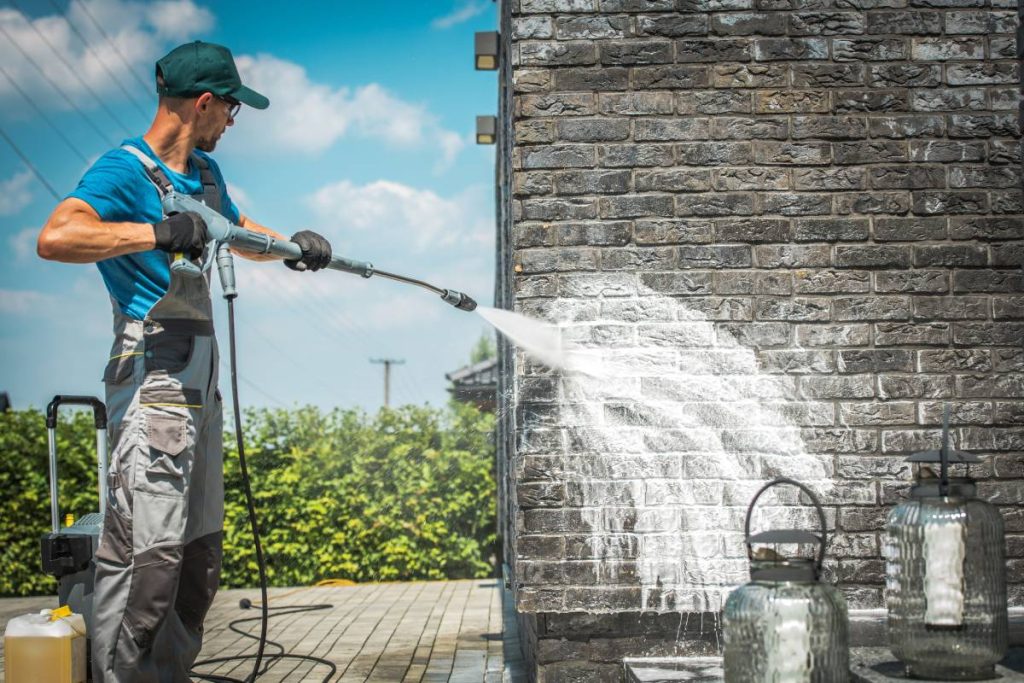
How to get your brick wall cleaner?
Brick walls are timeless and sturdy, but they can accumulate dirt, grime, and other unsightly substances over time. Fortunately, keeping your brick walls clean doesn’t have to be a daunting task. With the right approach and some simple techniques, you can restore your brick surfaces to their former glory. Here’s how to get your brick wall cleaner with ease:
- Start with a Visual Inspection
Before diving into cleaning, take a moment to inspect your brick wall for any obvious stains, mould, or mildew growth. Note areas that require special attention, such as high-traffic zones, shaded spots, or areas near outdoor cooking areas where grease buildup may occur.
- Gather Your Supplies
To clean your brick wall effectively, you’ll need the right tools and cleaning solutions. Gather the following supplies:
- Soft-bristled brush or broom
- Garden hose or pressure washer (optional)
- Mild detergent or soap
- Bucket
- Scrubbing brush or sponge
- Protective gloves and eyewear (if using harsh chemicals)
- Water repellent or sealant (optional)
- Remove Loose Debris
Start by removing any loose debris, such as dirt, dust, or cobwebs, from the surface of the brick wall. Use a soft-bristled brush or broom to sweep away debris gently. This initial step will make the cleaning process more effective by preventing dirt from becoming trapped in the cleaning solution.
- Choose the Right Cleaning Method
The best cleaning method for your brick wall will depend on the type and severity of the stains. For general dirt and grime, a simple soap solution should suffice. Mix mild detergent or soap with water in a bucket according to the manufacturer’s instructions.
- For tougher stains such as grease or oil, you may need to use a stronger cleaning solution. Consider using a commercial brick cleaner or a mixture of trisodium phosphate (TSP) and water for stubborn stains. Always follow the manufacturer’s instructions and wear protective gear when using harsh chemicals.
- Test in an Inconspicuous Area
Before applying any cleaning solution to the entire brick wall, it’s a good idea to test it in a small, inconspicuous area first. This will allow you to ensure that the solution does not cause any damage or discolouration to the bricks. Wait for the test spot to dry before proceeding with the cleaning process.
- Scrub the Surface
Dip a scrubbing brush or sponge into the cleaning solution and apply it to the brick wall, working in small sections at a time. Use a circular motion to scrub the surface gently, paying extra attention to areas with stubborn stains. Avoid using abrasive brushes or pads, as they can scratch the bricks.
- Rinse Thoroughly
Once you’ve scrubbed the entire brick wall, rinse it thoroughly with clean water. Use a garden hose or pressure washer on a low setting to remove any remaining soap residue and dirt. Ensure that you rinse from top to bottom to prevent streaking.
- Allow to Dry
Allow the brick wall to air dry completely before inspecting the results. If necessary, repeat the cleaning process for particularly stubborn stains. Once the wall is dry, step back and admire the renewed appearance of your clean brick surface.
Optional: Apply a Water Repellent or Sealant
If you want to provide extra protection for your brick wall, consider applying a water repellent or sealant after cleaning. These products can help prevent moisture penetration, reduce mould and mildew growth, and prolong the lifespan of your brick surfaces. Follow the manufacturer’s instructions for application carefully.
Final note
Brick walls are more than mere construction elements; they encapsulate the profound legacy of human creativity and skill. Their robustness, longevity, and adaptability have rendered them essential components in global architecture. Recognizing the aspects that bolster their sturdiness and adopting diligent upkeep practices, we can safeguard the perpetual legacy of brick walls as icons of aesthetic appeal and robustness.
Whether it’s maintaining their structural soundness, ensuring they remain pristine and mould-free, or just basking in their eternal allure, we should persist in valuing and preserving these magnificent edifices that have withstood the ravages of time.
